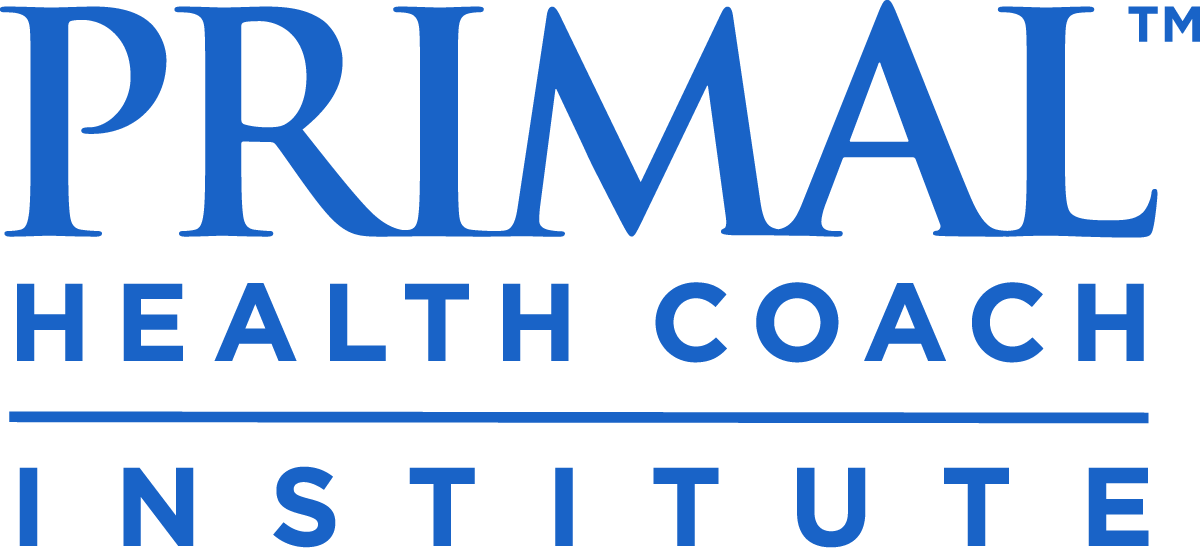
As coaches, we understand that achieving better health hinges on behavior change. Yet, this process isn’t simply adjusting the daily logistics. It’s above all a psychological endeavor that brings to bear more than reason and motivation. Our clients’ potential for behavior change, particularly for dramatic and long-term shifts, is largely circumscribed by their self-beliefs. As we help our clients envision a new lifestyle with habits that support their healthy goals, it’s important to also offer them support for discerning and upgrading their beliefs about who they are and what they’re capable of. In coaching conversations we can help clients explore the stories they have told themselves (or been told) throughout their lives and together examine the ways these narratives have influenced their lifestyles over time. Our ultimate aim as health coaches, however, is to guide our clients toward embracing new beliefs about their potential. The tool of strategic self-talk, in the form of simple affirmations and mantras, can offer powerful results for shifting self-concept and changing behavior.
Although affirmations and mantras have complex psychological and, particularly in the case of mantras, spiritual roots, for our purposes, let’s apply the more basic understanding of each, defining positive affirmations as the repeated assertion of a truth one is absorbing, or a way of being one is living into (e.g. “My body gets stronger and more resilient each day.”), and mantras as grounding, directing and/or motivating mottos we recite to move ourselves forward (e.g. “Just take this first step.”).
Both have long been studied within sports psychology, and research affirms their value. In a small but controlled study, participants were asked to cycle for as long as they could at 80% of their peak power output. Following this test, there was a two-week period in which one group was taught motivational self-talk techniques (with mantras like “drive forward” and “push through this”), while a control group received no instruction between sessions. For the second round of cycling, the control group’s results didn’t statistically differ. The self-talk group, however, were reminded to apply their motivational phrases and ended up both improving their time to exhaustion by an average of 18% and reporting nearly a one point drop on a scale of ten for perceived exertion.
The results underscore the potency of motivational mantras for boosting our clients’ performance but also for diminishing their perception of required effort, which can translate to more energy, enhanced resilience, and bigger improvements in our clients.
Other research supports this mind over matter connection. A meta-analysis of 32 sports psychology studies confirmed the power of self-talk for sports performance. The researchers noted differing self-talk purposes, including instructional cues effective for refining particular skills, form, etc. and motivational mantras useful for supporting endurance, strength, confidence and focus during events.
Yet, the power of self-talk isn’t limited to fitness. As coaches, we can help our clients harness the force of mantras and affirmations to reduce their response to stressors, to promote better sleep, to gravitate toward healthier foods, and to adhere to their selected goal behaviors.
We renew our health by changing our behavior—one habit at a time. Those changes don’t always come easily, however. For some people, it’s literally dialing back years or decades of routine and the self-concept that has cemented around it. Mantras and affirmations give our clients something to hang onto in between sessions—both to help keep them on track toward their personal goals but also to teach them how to effectively move into lasting psychological and behavioral change.
Let’s take a look at some tips for employing affirmations and mantras in our coaching work.
Co-design mantras and affirmations to be personal and core to the client’s values.
Although we certainly will accumulate our own array of mantras and affirmations throughout our work with many people over the years, a mantra or affirmation will be most effective when it’s most relevant to the client’s experience.
When we first meet with clients, we’re looking to learn their health priorities and to gauge their willingness change. Spend time talking with them about the areas they’re most ready to commit to. From that commitment, establish a specific goal and guide your client toward wording an affirmation or mantra toward that end.
Effectively employ the different roles of affirmations and mantras.
It’s of course possible to use both of these with a client, but one might be a better choice depending on what your client’s greatest stumbling blocks are. Affirmations at the core are about shifting self-perception but can highlight specific behaviors.
If your client struggles with confidence in their area of his/her chosen priority, design an affirmation together that he/she feels is positive, empowering, precise and believable. The possibilities are nearly endless, but some examples can illustrate the basic purpose here.
Sample Affirmations:
“I savor nourishing foods that feed my body’s most essential needs.”
“I choose to begin my day with a filling and nutrient-rich meal.”
“I can detach from the attitudes of others to take care of myself.”
“I enjoy the luxury of quietly resting in bed to welcome calm and sleep.”
“I look forward to a meditative time as the center of my day every day.”
“I feel empowered by pushing myself to the limits of sprints.” (You can also substitute a particular resistance activity.)
“I grow stronger/more powerful with each day’s workout.”
“Each walk makes me fitter.”
“Beginning the day with exercise moves me into my power for healthy choices each day.”
“I live my values today when I make healthy choices.”
Whereas affirmations tend to be more personal, mantras are often more succinct, direct, and pithy. If your client is relatively confident but could use support in terms of focus and motivation, a simpler, more general mantra might better serve his/her purposes. Some are more inspirational, whereas others may be more cue-oriented.
Sample Mantras:
“Take the step you don’t want to take.”
“Protein first.”
“Drop the fear.”
“Power through.”
“First things first.” (Define what those “firsts” are in your coaching conversations.)
“Chase down the burn.”
“Earn your goal.” (Replace the word goal with a more specific term or phrase.”
“Decide to try.”
“What’s my body telling me right now?”
“Will this be worth it tomorrow?”
Focus on one or two at a time.
The same truth holds here as does with goals: when we take on too many, they all tend to fall flat. Your client won’t need a mantra or affirmation for every behavioral intention. Use affirmations and/or mantras thoughtfully and sparingly to retain their potency. Encourage your client to focus on one or two based on his/her current challenges and/or priorities.
Continue with each for a span of time.
Flitting from mantra to mantra (or affirmation to affirmation), especially in the beginning of a client’s process, won’t allow him/her to really absorb the influence of each. Choose them selectively—especially affirmations, which require time for shifting self-perception.
Work with a single affirmation or mantra for at least two weeks. Introduce mantras within your sessions with clients, but encourage them to home in on one that speaks to them the most.
Maximize exposure.
Ask you client to find at least three times a day to incorporate a mantra or affirmation. It might be in their journaling, in a morning meditation or a pre-workout pep talk. Encourage him/her to post it in relevant places such as a refrigerator, cubicle, or home workout station.
Take time to reflect on the results.
Within our coaching relationship, we make the best use of the tools we apply by first explaining the potential usefulness of a strategy, by personalizing it with the client, by checking in regularly on the client’s application, and finally by assessing it’s effects over time.
Ask the client to journal his/her reflections and discuss these thoughts in one of your coaching sessions. Talk about what was helpful and what may have fallen short. In doing so, you as a coach get a window into the psychological side of your client’s process and you both as a team can further hone the mantra/affirmation tool to better serve your client’s success.
Thanks for reading today. Are you interested in receiving the latest articles, updates and resources from Primal Health Coach? Subscribe below to learn more.



